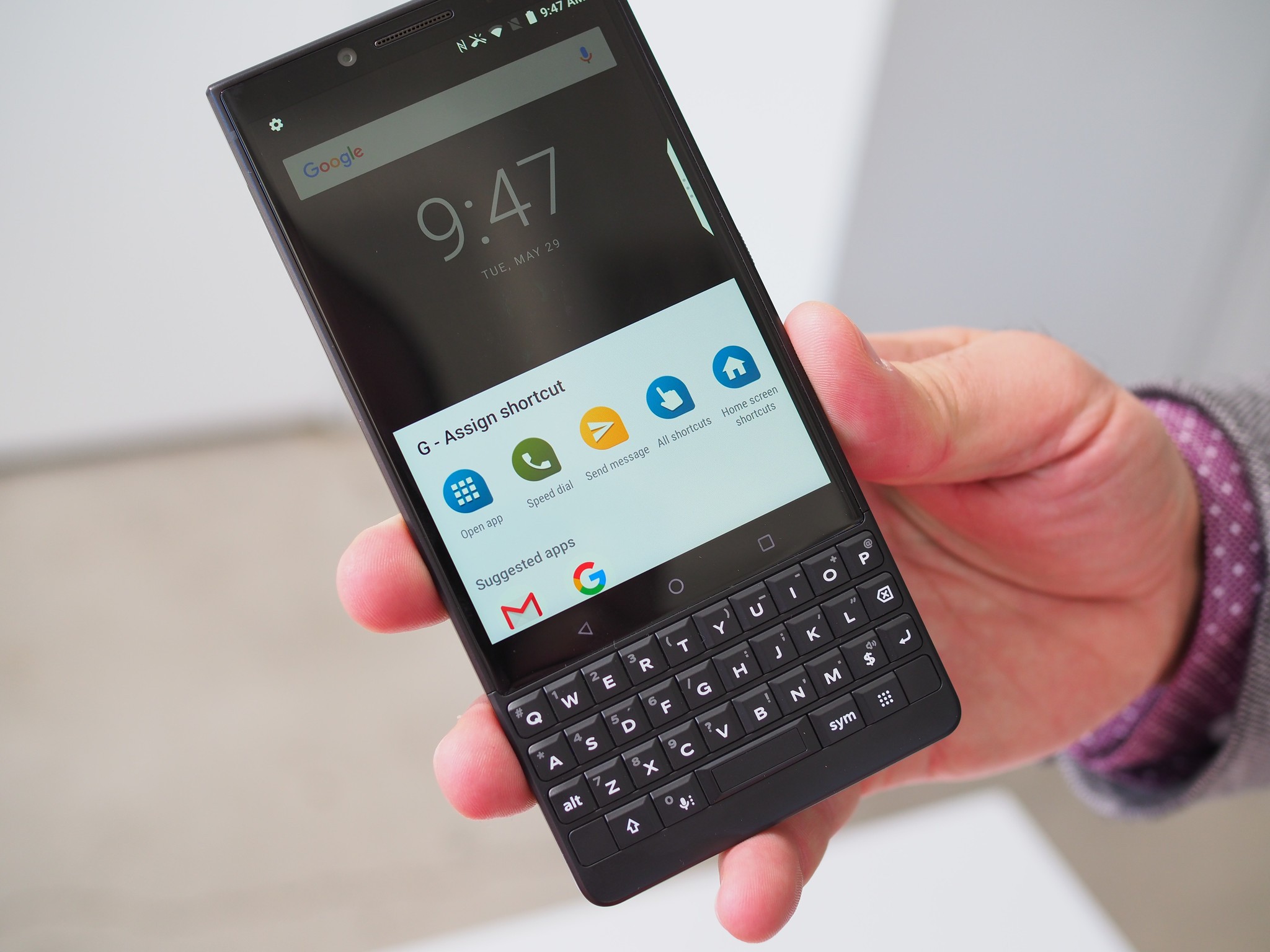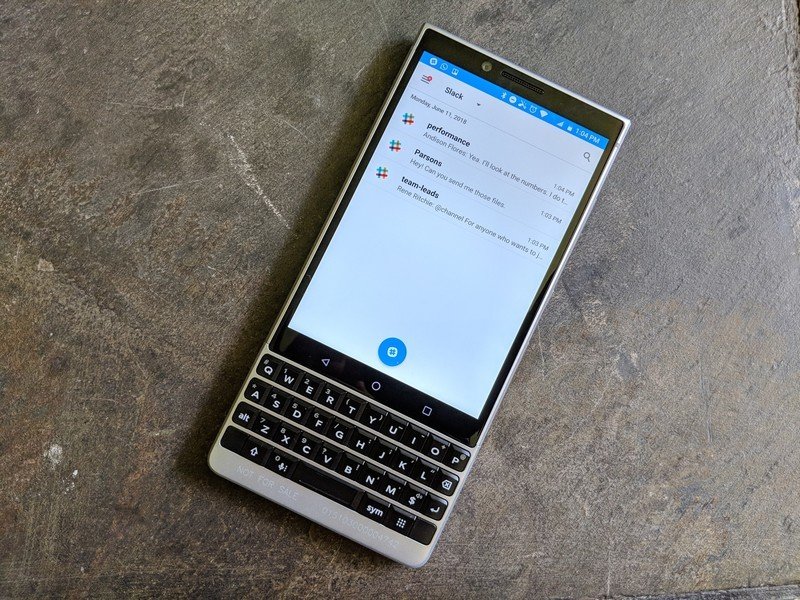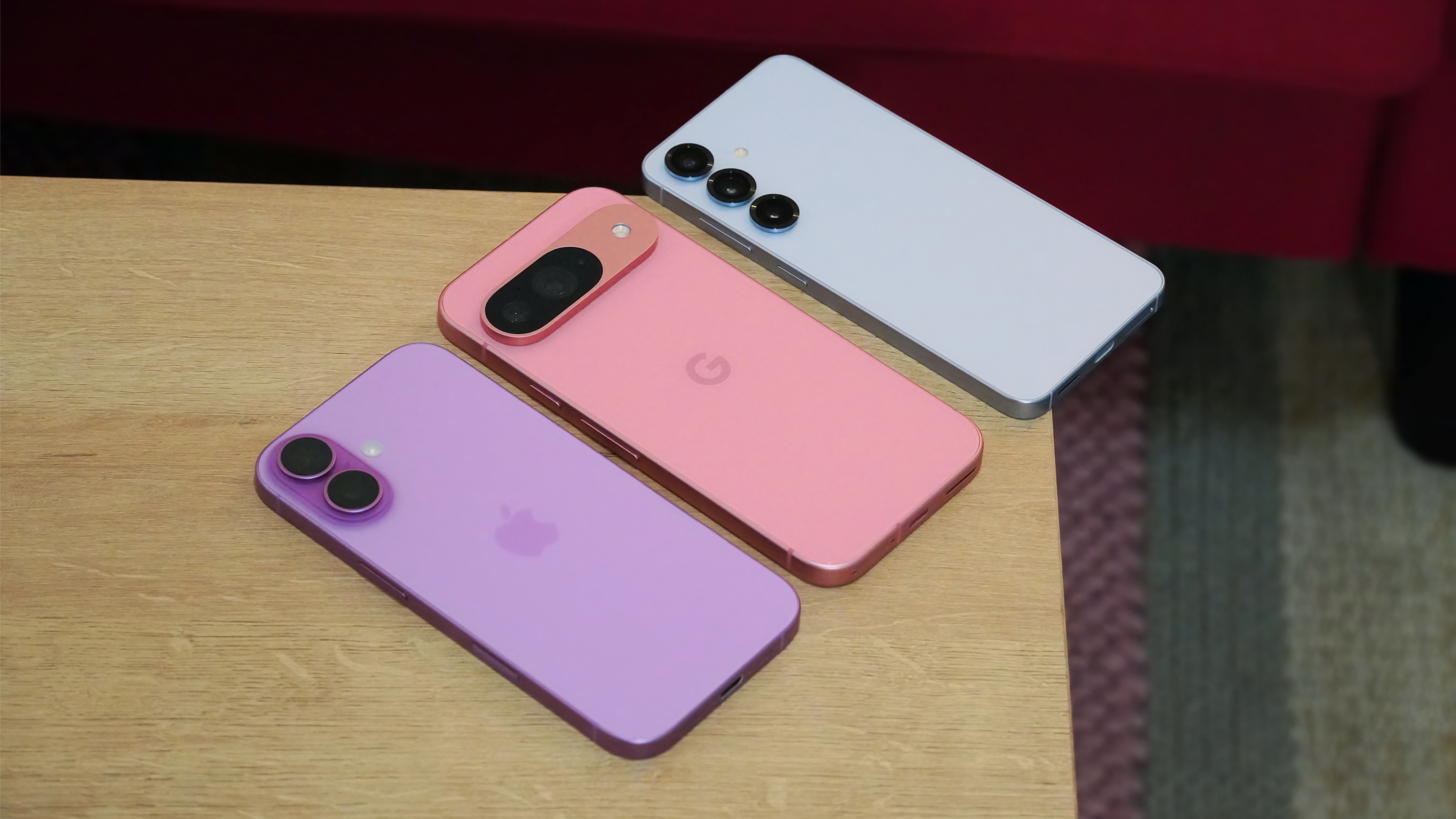BlackBerry KEY2 and 6GB of RAM: Why it's a big deal

The BlackBerry KEY2 might look a lot like the KEYone on the outside, but under the glass, you'll find a whole new set of components. One thing that's new is already a welcome change — more memory. In this case, a lot more as the KEY2 ships with 6GB of RAM.
That's not uncommon in 2018. Samsung's Galaxy line comes with extra RAM, we saw the OnePlus 6 ship with oodles of it, and plenty of companies now offer flagship phones with more than the "industry standard" 4GB of RAM. It's also worth mentioning that no phone needs more than 4GB of RAM (at least not right now), but it's never a bad thing to have a little bit extra. In some cases, and this is one of them, it actually makes things better even if it's not a requirement.
More: BlackBerry KEY2 Hands-on
Space for features

Ask anyone who used a KEYone about the weird lag you see sometimes when you use the BlackBerry Hub. The original silver model that shipped with 3GB of RAM was much worse, but even the updated black version would still get a little slow, then stop completely for a fraction of a second from time to time whenever you opened up the Hub. Everything still worked as expected, but it was there and it was a thing you couldn't unsee.
The BlackBery Hub "app" ties into over 20 other apps and bundles a lot of data together. That needs lots of RAM.
It was because the BlackBerry Hub is a RAM hungry beast. We know this is true because Mr. Mobile and I spent an evening with one attached to the Android studio tool that monitors resource usage (it's called the Android Profiler) and watched things while we used one. You could see it suck up all the available RAM when you first opened it, and it was drawing your list of messages. Once all the free RAM was used, the system had to close something you're not using to free up more until everything was loaded and on the screen.
This is because of the way the Hub works. It's reading and writing a bunch of individual records from many different databases filled with data. This type of data needs read and written in order which means it takes up a tiny bit more memory for each listing. It also means the system can't try and do more than one thing at a time after its CPU cache is full. The Hub is a rich application and it has to work this way. I'm sure BlackBerry is always looking at how it can reduce the memory footprint, but BlackBerry Hub will always be a RAM hog. A worthy RAM hog for most people with the phone, but a hog all the same.
More is ... more
More features take more memory or more time. There is no way to get around this.
Be an expert in 5 minutes
Get the latest news from Android Central, your trusted companion in the world of Android
Adding memory means extra features can run faster and without any stuttering.
Adding extra RAM gives the Hub room for all this overhead. BlackBerry's core system may not be as bloated as other manufacturer software, but the Hub makes up for it. We know how extra RAM makes the Galaxy S9 seem more responsive while we're using it, and that's because Samsung's system components all take a bit more memory than "stock" Android versions do. That's what happens as you add features and most anyone with a Samsung phone will tell you they love the features and wouldn't complain if the phone was fluid all the time and didn't slow down on occasion. More RAM in the S9 is a way to get there.
Folks who have used the BlackBerry KEY2 aren't seeing the same "microstutter" that was present in the KEYone because there is more room in memory to read and write more single records. This is just like the S9 where 4GB was enough, but a bit extra makes software features run a little faster and smoother.
We all like faster and smoother. Anyone moving up from a Priv or a KEYone to the KEY2 is going to appreciate that extra spec bump in the memory department.

Jerry is an amateur woodworker and struggling shade tree mechanic. There's nothing he can't take apart, but many things he can't reassemble. You'll find him writing and speaking his loud opinion on Android Central and occasionally on Threads.
